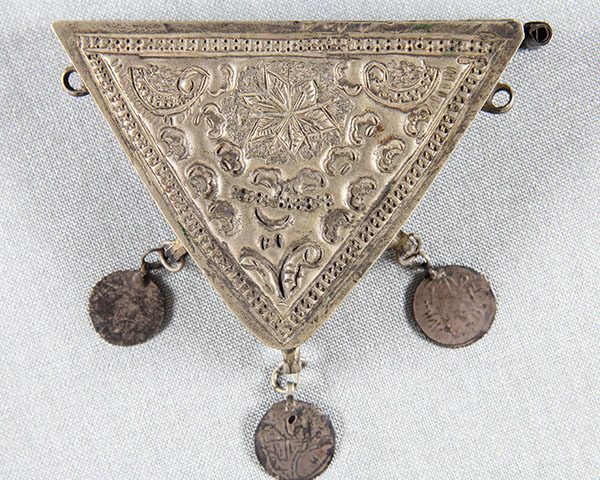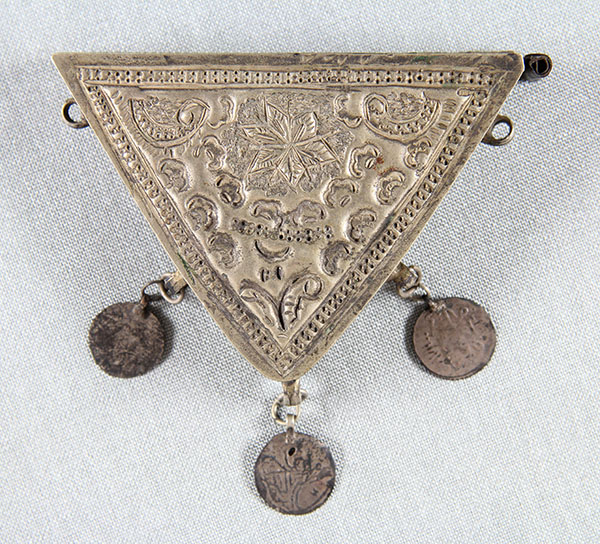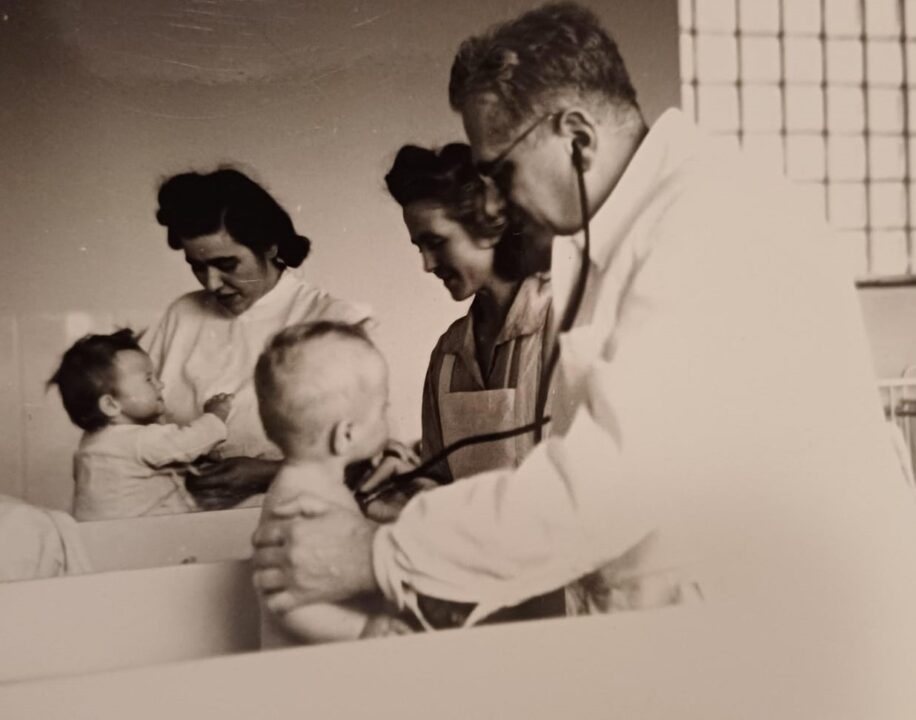Stanko Sielski
Stanko Sielski was born in 1891 in Gračanica (Bosnia and Herzegovina) in the family of Polish origin. He studied medicine at the University of Vienna, graduating in June 16th, 1919. After the First World War, in which he was mobilized, he joined the State medical service in Konjic, Prozor and Glamoča as a physician – epidemiologist in the fight against typhus and variola. As a district physician, he worked in Varcar-Vakuf (Mrkonjić-Grad), Zenica and Travnik as a physician, a district sanitary consultant and a health adviser. He moved to Bihać in 1931, where until 1941 he was the head of the National Health Center. At the beginning of the Second World War, he was the director of the Institute for Erradication of endemic syphilis in Banja Luka. His correspondence with Vladimir Ćepulić comes from that period. On August 10th, 1942, the Board of Directors of the Medical Association chose him for the Curator of the newly founded Museum. During 1944 he was transferred to the Ministry of National Education of the NDH, ie the Faculty of Medicine of the Croatian University in Sarajevo, and soon afterwards he was elected as a regular professor in the subject of medical history and the first dean of that faculty. He held the duty of dean until the termination of the Faculty, 13th May 1945, when he was sent to the Banja Luka Municipal Committee from the new government. In June of that same year he was sent to Kozara in the Hygienic-epidemiological team of the First Army in order to suppress the spotted typhus.
During the Second World War he played a significant role in protecting Jewish physicians and their families. When some doctors fled to the partisans, Dr. Sielski did not inform the Ustasha authorities about it, but, on the contrary, their names continued to appear on the list as if they were on their workplaces, risking his life and the lives of his family. During 2014, for these reasons, he was declared Righteous among the peoples of the world.
At the beginning of March 1946 he was moved to Tuzla, where he worked as the head of the Sanitary-Epidemiological tation, later renamed to Institute of Hygiene, until his death on October 31st, 1958.
Parallel to his medical work, Sielski was interested in the culture of living and cultural heritage. He was fascinated by popular beliefs, ancient turkish and arabic medical manuscripts, herbal manuscripts, ethnology and archeology, and in his free time he painted. He founded the Society for the Preservation of Antiquities and Lapidarium in Bihać, which was built in the city center in 1935, but during the Second World War it was completely destroyed. The collection of amulets and talismans that he collected in Bosnia and Herzegovina, which was considered to be one of the largest collections of this kind in the Balkans, is now kept in the Ethnographic Museum in Zagreb, and a number of items related to the history of Bosnian folk medicine was exhibited at the Museum of Health History of the Croatian Medical Association.
Stanko Sielski, a renowned doctor – curator, died at the age of 68 in Zagreb and was buried at Zagreb’s Mirogoj Cemetery.



